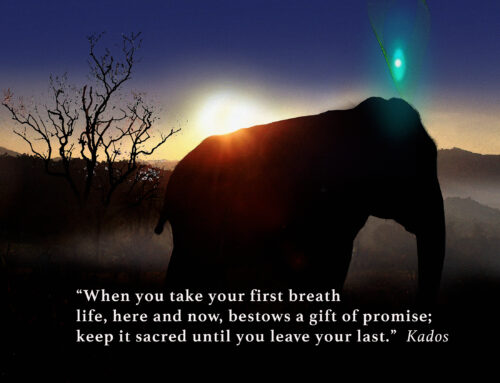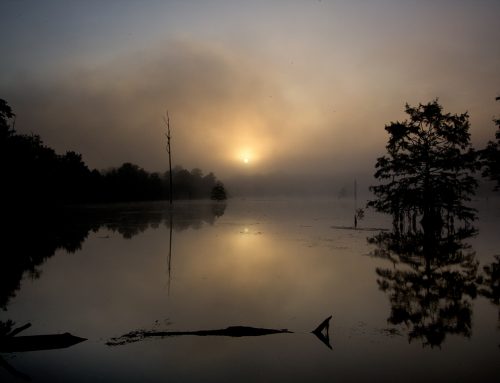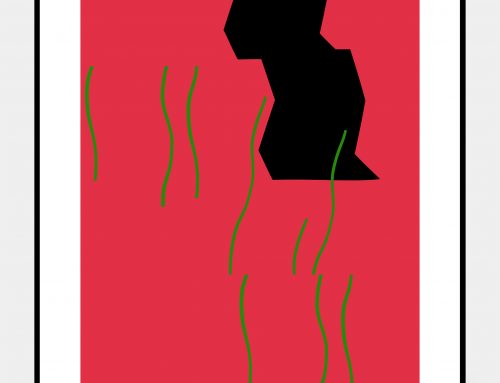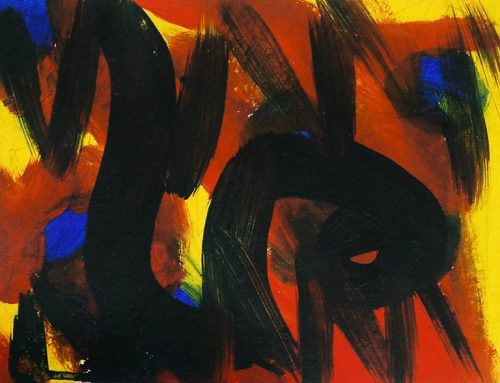“Animals cannot speak, but can you and I not speak for them and represent them? Let us all feel their silent cry of agony and let us all help that cry to be heard in the world.”
Rukmini Devi Arundale
Zoo officials continue to try and inseminate Chai, one of three elephants living out a rather dismal life of captivity at the Woodland Park Zoo in Seattle, Washington. They do this in spite of all evidence supporting a high probability any infant elephant from Chai would be born with the same fatal herpes virus that struck down Hansa, Chai’s previous baby. In spite of the pain and suffering inflicted upon both the infant and the mother, the zoo seems more than willing to take the chance and the reasons are all too obvious. Just as elephants suffer from being forced to serve the curiosity of humans, we too suffer, ultimately, from our peculiar rationale about zoos. The idea that zoos play a fundamental role in protecting a species while their wild counterpart veers toward extinction is fundamentally flawed and almost always promulgated for reasons that have little to do with conservation.
Elephants, like humans, are a keystone species. This means they have a huge altering impact on the environment. The way their biomass has evolved and the way they move across the earth creates essential habitats for hundreds of other species, both plants and animals, which, in turn, affects even greater numbers of species. We cannot always see it – more often, we choose not to- but nature has been crafting itself for so long through such a compelling and urgent chain of events that, once broken, once dismantled and damaged, the results are tragic. We know this. We witness it everyday.
Elephants kept in zoos, as well as most other captive creatures, no longer play an essential role in nature’s design. Nor will they ever because most cannot be successfully re-introduced into the wild. Zoos, circuses, and the variations of animal parks remain, quite frankly, what they have always been: human entertainment. It is often argued that zoos are considerably more humane than they were even half a century ago. Perhaps so, but that is hardly the point. An animal in a cage is still an animal in a cage. Can we possibly believe there is any real educational value in keeping animals in cages? Are there not better ways to educate our children about the profusion of life with which we share this earth? The only thing zoos offer children is the blighted notion that it is acceptable to capture, imprison and breed wild creatures to satisfy our curiosity, if not greed, or the idea that we can save a species by locking them up. Once you take a wild animal from its natural habitat it becomes less than it was; the natural gift of its presence within a full symbiotic spectrum becomes irredeemably altered then lost. If, for example, a last surviving Baiji Dolphin, now functionally extinct, were kept in a zoo, what purpose would it serve? Such creatures become nothing more than symbols of our utter inability to understand and properly manage what is essential to our own wellbeing. If, as some believe, we have been ordained by a supreme entity as caretakers of the land and seas and the creatures that inhabit them, we have failed epically. The world is and has long been loosing countless species from the direct impact of human expansion and exploitation and the loss grows at an alarming rate. In 2007 it was estimated that within ten years, the elephant’s survival as a wild species will possibly be beyond saving, along with the Tiger, The Asian Rhino, the Great Apes, Red and Pink Coral, the Porbeagle shark, the Spiney Dogfish, the European Eel and the Bigleaf mahogany, each one’s demise caused by poaching, over-fishing and habitat loss.
In addition to this bleak scenario, there remains a thriving business in the illegal capture and smuggling of exotic animals to satisfy the brutish whims and fantasy of a few for their personal zoos. Recently, one smuggler was caught at Suvarnabhumi Airport in Bangkok, Thailand. In his luggage were found four leopards, one Malayan sun bear, one white-cheeked gibbon, one black-tufted marmoset, an Asiatic black bear and two macaque monkeys, all babies, all alive, all destined for Dubai. It’s a safe bet to assume most smuggling goes undetected. Whether pets for the wealthy or cures for the impotent, the smuggling and slaughter go on.
Clearly, for elephants already in captivity, sanctuaries offer the best solution, though they are not perfect. Sanctuaries for animals are much like a halfway house but at least, if properly organized, monitored, and protected from human interests, sanctuaries can provide something more sacred as it applies to any creature’s concept of home. We know zoos represent a diminishment of spirit for both captive and captor. Studies have shown that most adults leaving a zoo tend to feel more unhappy than happy, as if we take with us a part of the captive’s collective sadness, wondering for what reason have we put these creatures here.
When I speak of ‘spirit’ and what is ‘sacred’ I do not use the terms biblically. I use them with the same breath of awe from which writers of the bible were themselves elevated and suspended in the ineffable mystery of the world around them. I mean them as the Blackfoot orator, Crowfoot, meant when he said “
Is there any place any longer on earth that has not been altered then damaged by the hand of man?
Thus the Native American proverb: “Things are connected. Whatever befalls the earth befalls the sons of the earth. Man did not weave the web of life. He is merely a strand in it. Whatever he does to the web, he does to himself.”
It seems as if we have bartered away this sacred knowledge at our own peril.







